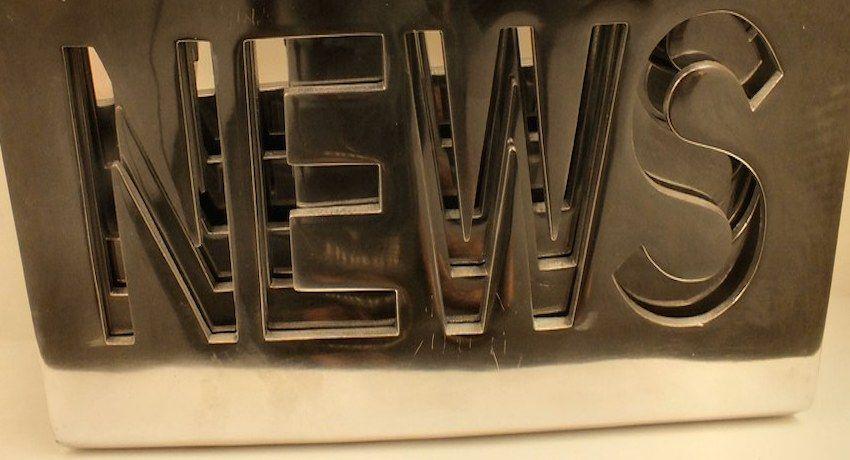
Good morning everyone. It’s July already and summer is definitely here. For this week’s IP news:
Photographer vs Resident Evil
Resident Evil is a saga known even by non-gamers. Allegedly Capcom (the developer of this saga, among others) extensively used unlicensed copyrighted photos in its games to build out environments, details, and even the Resident Evil 4 logo, according to a new lawsuit.
Designer and photographer Judy Juracek filed a complaint before US courts, in which she alleged that Capcom used photos from her copyrighted book, Surfaces, in multiple games, including Resident Evil 4, Devil May Cry, and other games. Surfaces is a collection of 1,200 photographs of textures that Juracek photographed herself. Although the collection comes with a CD of the images the author requires people to license images from her for commercial use by contacting her directly. Apparently, Capcom never did.
Juracek pointed out at least 80 photographs that are used in different scenarios across Capcom’s games, with more than 100 pages of documentation. For example, the shattered glass texture used in the Resident Evil 4 logo (a photo taken by Juracek in Italy); marbled textures, and even sculptural details.
Part of her evidence comes from the 2020 Capcom data breach. This leak not only included personal details of consumers and employees or launch plans for Resident Evil Village, it also included high resolution images of artwork used in Resident Evil and other games. Apparently, the file names for at least one of the images from the Capcom hacked files are the same file names as those used on the Surfaces CD.
Hasbro secures its copyright over “Game of life”
An interesting dispute arose between Hasbro and the heirs of “Game of Life” designer Bill Markham regarding a prototype game made as a work for hire in the US.
Toy developer Reuben Klamer approached Markham to develop the 1960 “Game of Life” for Milton Bradley's 100th anniversary. Markham, Klamer, and TV personality Art Linkletter successfully pitched the game to Milton Bradley, and Klamer and Linkletter's Link Research agreed to give the company the exclusive right to make and sell it. The agreement also gave Markham a portion of Link Research's royalties from the game, and paid him to produce the prototype.
Milton Bradley altered the prototype with Klamer and Linkletter's input. The company published the game and registered copyrights in the game board and rules in 1960. Link Research registered a copyright in the game's box, which identified Milton Bradley as its author.
Markham and Klamer had an ongoing dispute, both in and out of the courts, over who should be credited for the creation of the game until Markham’s death. Now Markham’s heirs are continuing where he left off.
After a long legal battle, it was confirmed that the game was indeed a work made for hire since Kramer "provided the instance for and bore the expense of the prototype's invention," and Markham lacked termination rights in it. Markham’s heirs disputed this interpretation basing their arguments on the definition of the 1909 Copyright Act according to which works for hire are limited to those "produced under a traditional employer-employee relationship defined by principles of agency law, and does not extend to commissioned works".
Regardless, in this case the US courts applied the "instance and expense" test, according to which the evidence support that the game was made at Klamer's expense. It appears that Klamer promised at the outset to pay Markham any costs incurred - regardless of whether Milton Bradley ultimately liked the game and paid for the rights.
Remember, this is just an insight into US copyright law, and the same principles might not apply at EU level!
This is all for this week!
Details
- Publication date
- 6 July 2021
- Author
- European Innovation Council and SMEs Executive Agency
